Home>Gardening & Outdoor>Outdoor Entertaining>What Gravel To Use For A Fire Pit
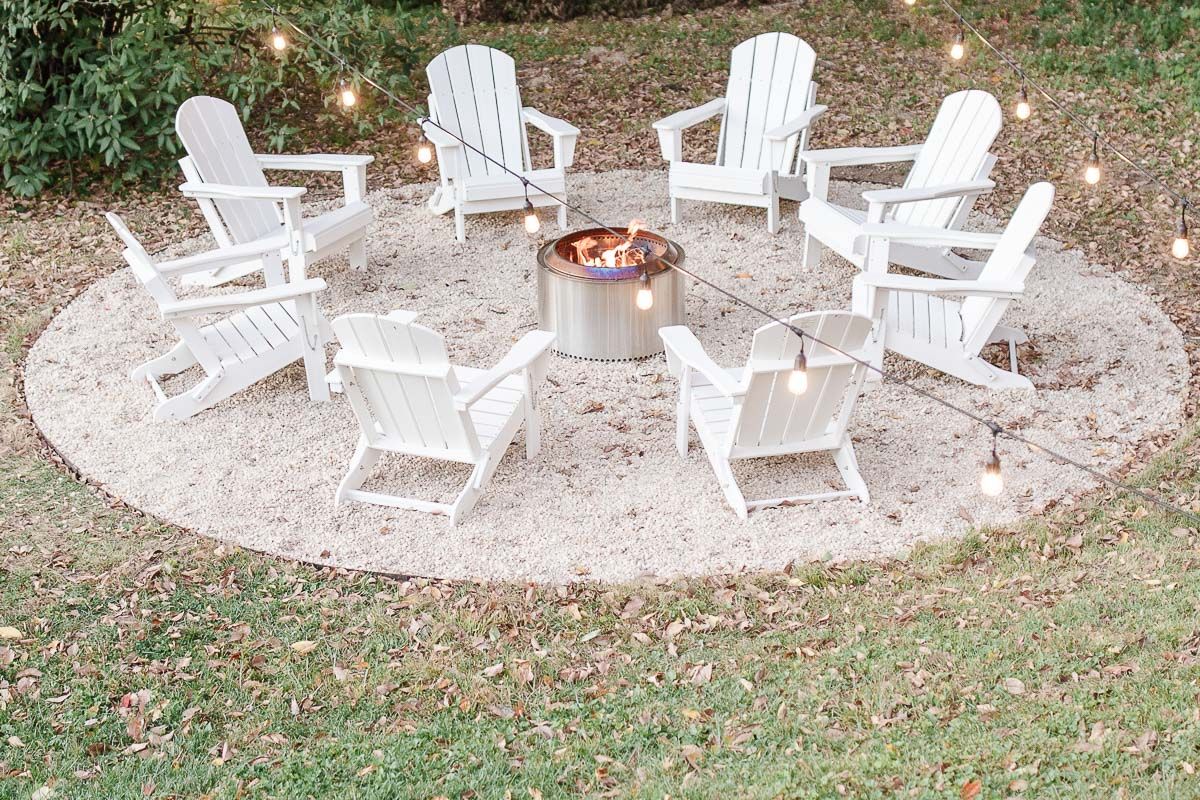

Outdoor Entertaining
What Gravel To Use For A Fire Pit
Modified: October 19, 2024
Discover the best gravel for your outdoor entertaining fire pit. Create a cozy and inviting atmosphere with the perfect choice of gravel.
(Many of the links in this article redirect to a specific reviewed product. Your purchase of these products through affiliate links helps to generate commission for Storables.com, at no extra cost. Learn more)
Introduction
Creating a cozy and inviting outdoor space is a cherished pastime for many homeowners. One popular addition to outdoor settings is a fire pit, which not only provides warmth and illumination but also serves as a focal point for gatherings and relaxation. When designing and constructing a fire pit, the choice of gravel plays a crucial role in enhancing both the aesthetic appeal and the functionality of the space.
In this guide, we will explore the different types of gravel suitable for fire pits, consider important factors to keep in mind when selecting gravel, and discuss best practices for using gravel in a fire pit. Whether you are a seasoned DIY enthusiast or a novice looking to embark on your first fire pit project, this comprehensive resource will equip you with the knowledge and insights needed to make informed decisions and create a stunning outdoor fire feature.
Let's delve into the world of fire pit gravel and uncover the key considerations for choosing the right type to elevate your outdoor entertaining experience.
Key Takeaways:
- Choose the right gravel for your fire pit based on heat resistance, drainage, stability, and aesthetics to create a durable, visually appealing, and functional outdoor feature.
- Implement best practices like proper base preparation, layering for drainage, and regular maintenance to optimize the use of gravel in your fire pit, ensuring longevity and safety.
Read more: What Is A Fire Pit Used For
Types of Gravel for Fire Pits
When it comes to selecting gravel for your fire pit, various options are available, each with its unique characteristics and benefits. Understanding the distinct qualities of different gravel types can help you make an informed choice that aligns with your aesthetic preferences and functional requirements.
Here are some common types of gravel suitable for fire pits:
- Pea Gravel: This popular choice features small, smooth, rounded stones that range in size from about 1/8 inch to 3/8 inch. Pea gravel is known for its excellent drainage properties, making it an ideal option for fire pits, as it helps prevent water from accumulating and causing potential issues when the fire pit is in use.
- Crushed Stone: Available in various sizes and textures, crushed stone offers versatility and durability. It is often used as a base material for fire pits, providing a stable foundation for the fire ring or burner. Crushed stone can also contribute to effective drainage and serves as an aesthetically pleasing option for fire pit surfaces.
- River Rock: Characterized by its smooth, rounded edges and natural hues, river rock adds a touch of rustic charm to fire pit designs. This type of gravel is available in different sizes and can be used to create visually appealing borders around fire pits or as a decorative element within the fire pit area.
- Decomposed Granite: With its fine texture and earthy appearance, decomposed granite offers a natural, organic look for fire pit surroundings. It is permeable, allowing for efficient water drainage, and its compact nature makes it a suitable choice for creating a stable surface around the fire pit.
- Crushed Limestone: Known for its durability and ability to withstand high temperatures, crushed limestone is a resilient option for fire pit bases. Its heat-resistant properties make it a practical choice for areas directly exposed to the heat generated by the fire.
Each type of gravel brings its own set of advantages, whether it’s promoting drainage, providing stability, or enhancing the visual appeal of the fire pit area. By considering the specific characteristics of these gravel options, you can select the most suitable material to complement your fire pit design and meet your functional needs.
Factors to Consider When Choosing Gravel
When selecting gravel for your fire pit, several key factors should be taken into account to ensure that the chosen material aligns with your design vision and practical requirements. By considering these essential aspects, you can make an informed decision that enhances both the aesthetics and functionality of your outdoor fire feature.
Here are the crucial factors to keep in mind when choosing gravel for your fire pit:
- Heat Resistance: Given the proximity to open flames, it’s important to choose gravel that can withstand high temperatures without degrading or discoloring. Opt for heat-resistant gravel, such as crushed limestone, that can maintain its integrity when exposed to the heat generated by the fire.
- Drainage Capability: Effective drainage is vital for preventing water accumulation within the fire pit area. Select gravel with good drainage properties, such as pea gravel or decomposed granite, to ensure that water can permeate through the material and drain away efficiently.
- Stability and Compaction: The gravel used for the fire pit base or surrounding area should offer stability and proper compaction to create a secure foundation. Crushed stone is often favored for its ability to provide a solid base and resist shifting, contributing to the overall structural integrity of the fire pit.
- Aesthetic Appeal: Consider the visual impact of the gravel and how it complements the overall design theme of your outdoor space. River rock, with its natural beauty, can add a decorative touch, while crushed stone provides a versatile and textured surface that enhances the fire pit’s appearance.
- Maintenance Requirements: Evaluate the maintenance needs associated with the chosen gravel. Some materials may require periodic replenishment or raking to maintain their appearance and functionality, so factor in the maintenance aspect when making your selection.
By carefully evaluating these factors, you can make a well-informed decision regarding the type of gravel that best suits your fire pit project. Whether prioritizing heat resistance, drainage capabilities, stability, aesthetics, or maintenance considerations, choosing the right gravel is essential for creating a durable, visually appealing, and functional fire pit.
When choosing gravel for a fire pit, look for heat-resistant options like lava rock or pea gravel. Avoid using river rocks or any rocks that may explode when heated.
Best Practices for Using Gravel in a Fire Pit
Implementing best practices when using gravel in a fire pit not only ensures the longevity and functionality of the feature but also contributes to the overall safety and visual appeal of the outdoor space. Whether you are constructing a new fire pit or revitalizing an existing one, following these guidelines can help you achieve optimal results and create a captivating outdoor setting for gatherings and relaxation.
Here are the best practices for using gravel in a fire pit:
- Proper Base Preparation: Before adding gravel, ensure that the fire pit area has a well-prepared base. This may involve digging out the area, adding a layer of compactible base material, and leveling the surface to create a stable foundation for the gravel and fire pit components.
- Layering for Drainage: When applying gravel, consider incorporating multiple layers to facilitate effective drainage. Begin with a base layer of larger gravel or crushed stone to promote drainage away from the fire pit, followed by a top layer of finer gravel for a smoother, more visually appealing surface.
- Appropriate Depth: Determine the appropriate depth of gravel based on its intended use. For fire pit bases, a depth of 4 to 6 inches is generally recommended to provide ample support and stability for the fire ring or burner, while a thinner layer of gravel may be suitable for decorative purposes around the fire pit.
- Regular Maintenance: Schedule routine maintenance to preserve the appearance and functionality of the gravel in the fire pit area. This may involve raking the gravel to redistribute it evenly, replenishing the material as needed, and addressing any drainage issues that may arise over time.
- Integration with Surrounding Landscape: Integrate the gravel seamlessly with the surrounding landscape to create a cohesive and harmonious outdoor environment. Consider using complementary materials and plants to enhance the visual appeal of the fire pit area and create a welcoming ambiance.
By adhering to these best practices, you can optimize the use of gravel in your fire pit, ensuring proper drainage, stability, and aesthetic enhancement. Whether the gravel serves as a functional base material or contributes to the overall design aesthetic, its thoughtful application can elevate the allure and functionality of your outdoor fire feature.
Conclusion
Choosing the right gravel for your fire pit is a pivotal decision that can significantly impact the overall appeal and functionality of your outdoor space. By exploring the diverse types of gravel available, considering essential factors such as heat resistance, drainage capabilities, stability, aesthetics, and maintenance requirements, and implementing best practices for its use, you can create a captivating and enduring fire pit that serves as a focal point for gatherings and relaxation.
Whether you opt for the smooth, rounded texture of pea gravel, the timeless elegance of river rock, or the durability of crushed stone, each type of gravel offers distinct advantages that can enhance your fire pit design. From providing effective drainage and stability to contributing to the visual charm of the surrounding area, the chosen gravel plays a crucial role in shaping the ambiance and functionality of the outdoor space.
As you embark on your fire pit project, remember that the selection and application of gravel should align with your specific design preferences and practical needs. Whether you prioritize aesthetic appeal, durability, or efficient drainage, the right gravel can elevate your fire pit from a mere feature to a captivating outdoor centerpiece that beckons you and your guests to gather around and savor the warmth and camaraderie it fosters.
With a thoughtful approach to gravel selection and utilization, you can create a fire pit that not only exudes charm and character but also stands the test of time, enriching your outdoor entertaining experiences for years to come.
After you've nailed down the right gravel for your fire pit, why not step up your outdoor space even more? For ideas on transforming your deck into a prime spot for relaxation and fun, check out our tips on vibrant decorations and simple enhancements for living outdoors. If you're also thinking about giving your garden a makeover, don't miss our creative fence ideas that can redefine your landscape's look and feel.
Frequently Asked Questions about What Gravel To Use For A Fire Pit
Was this page helpful?
At Storables.com, we guarantee accurate and reliable information. Our content, validated by Expert Board Contributors, is crafted following stringent Editorial Policies. We're committed to providing you with well-researched, expert-backed insights for all your informational needs.
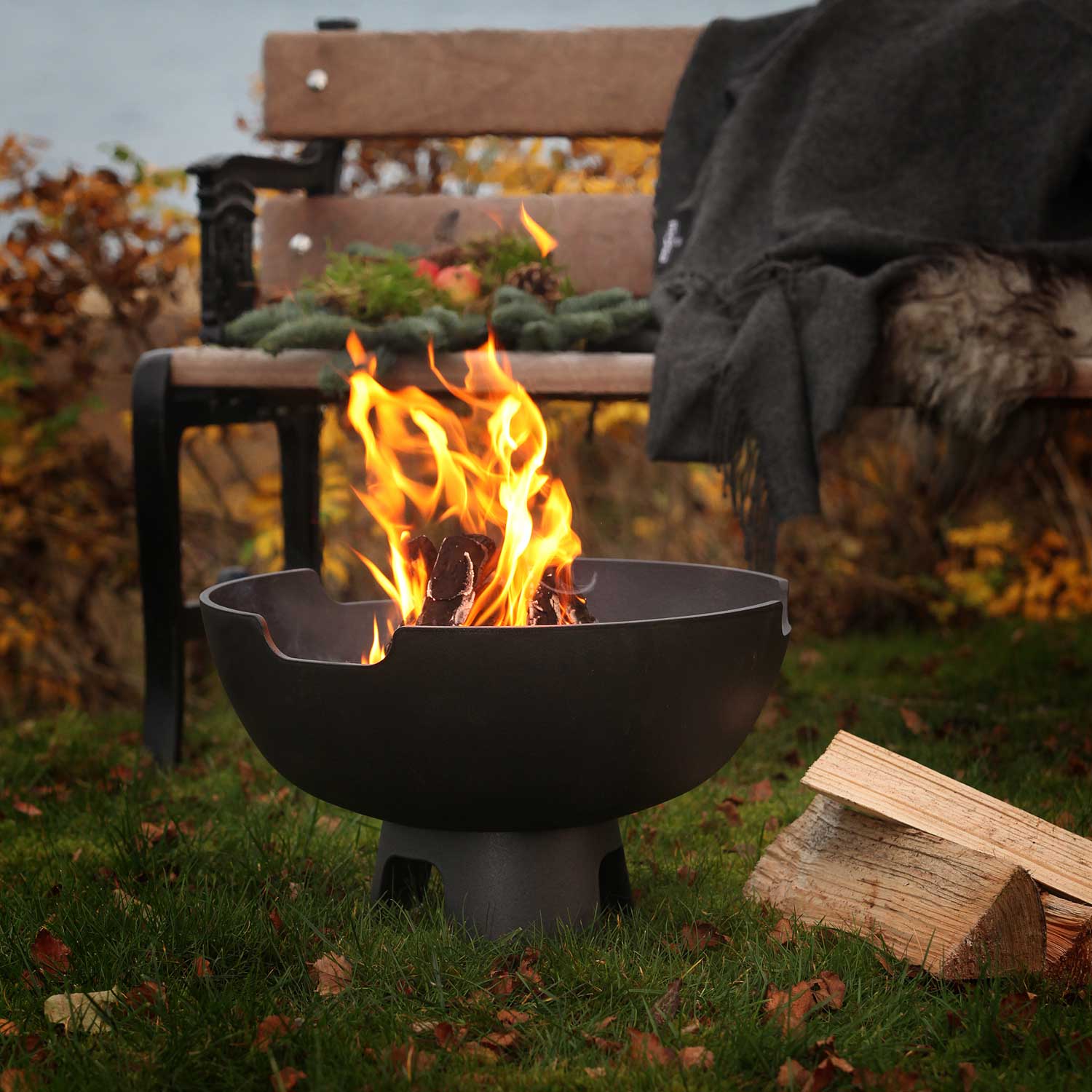
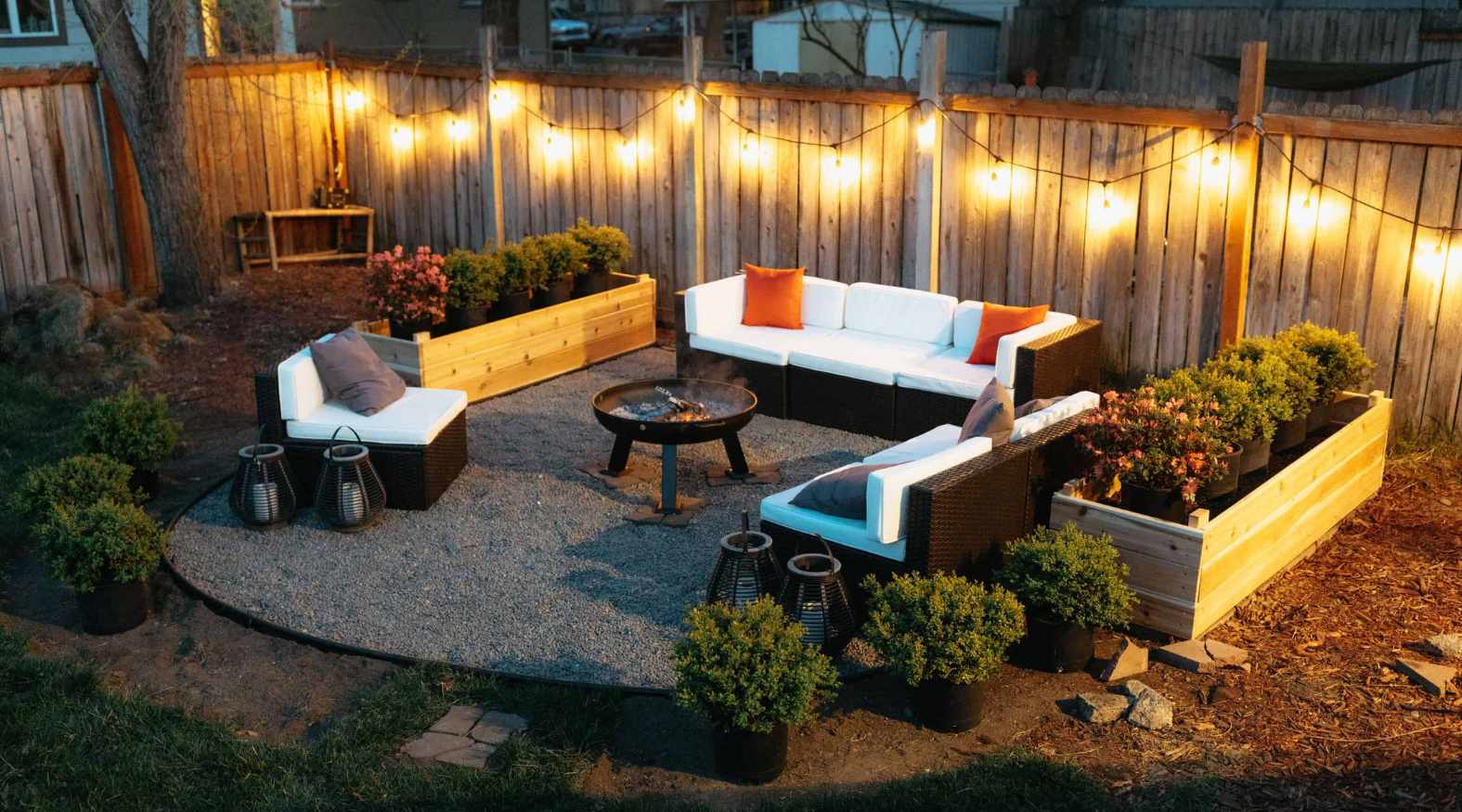
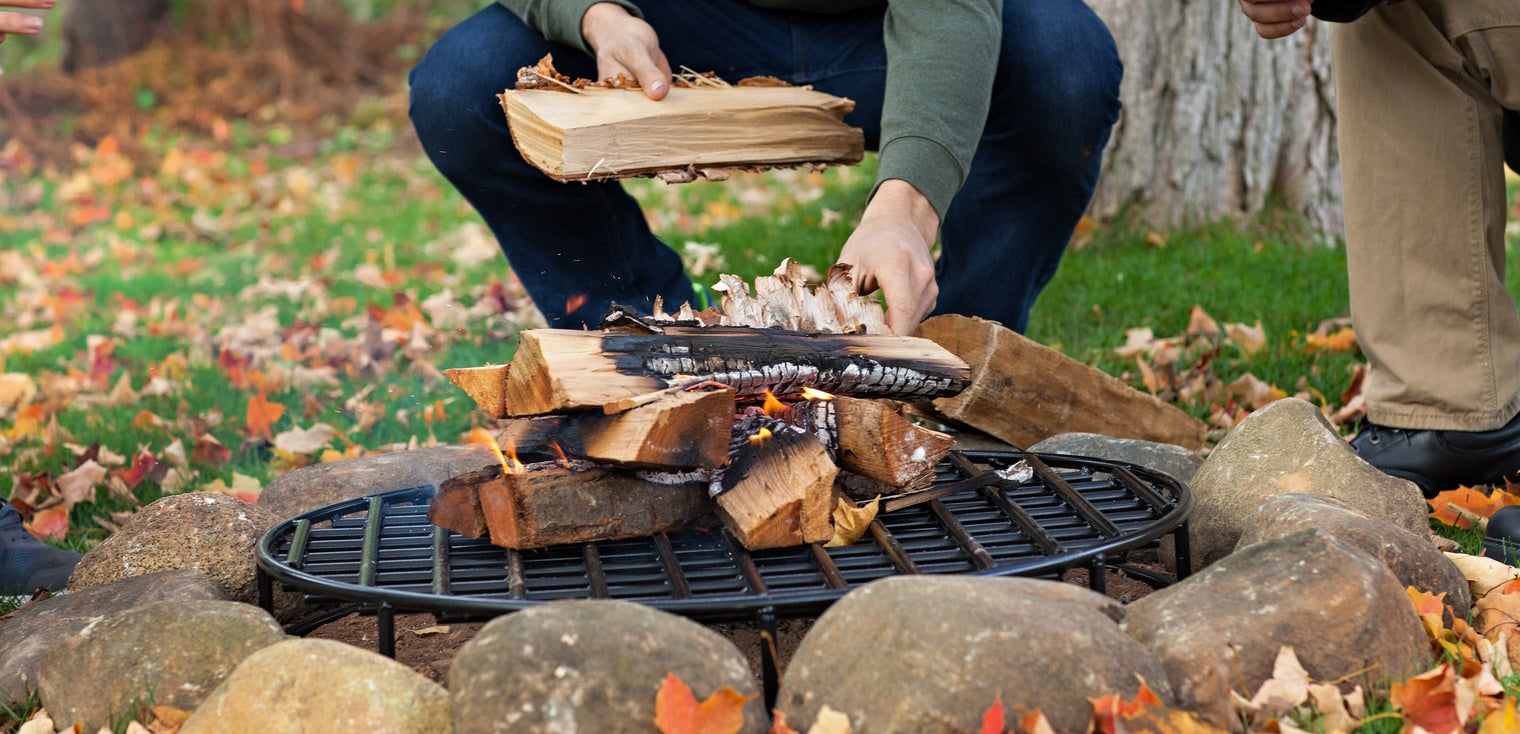
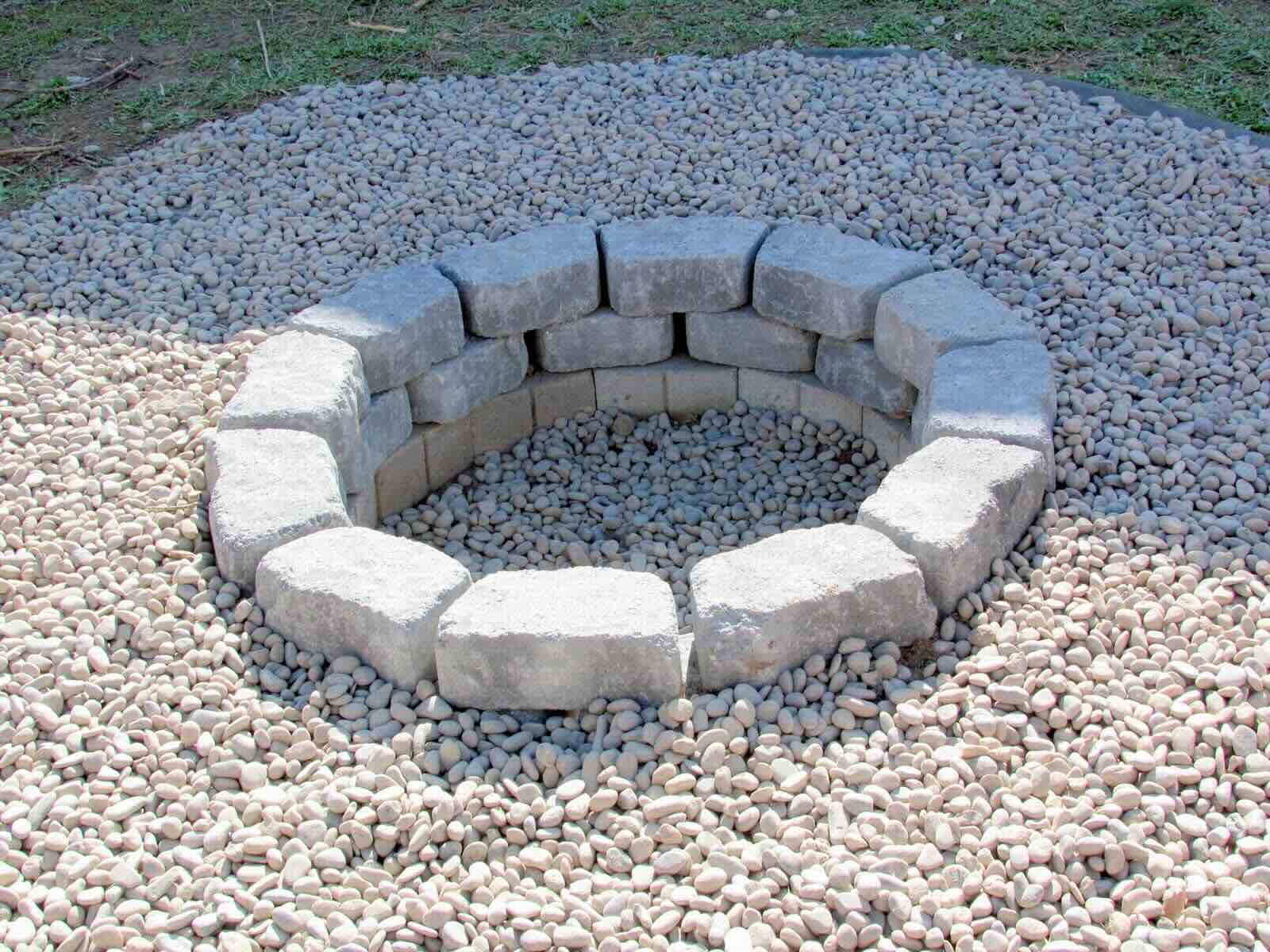
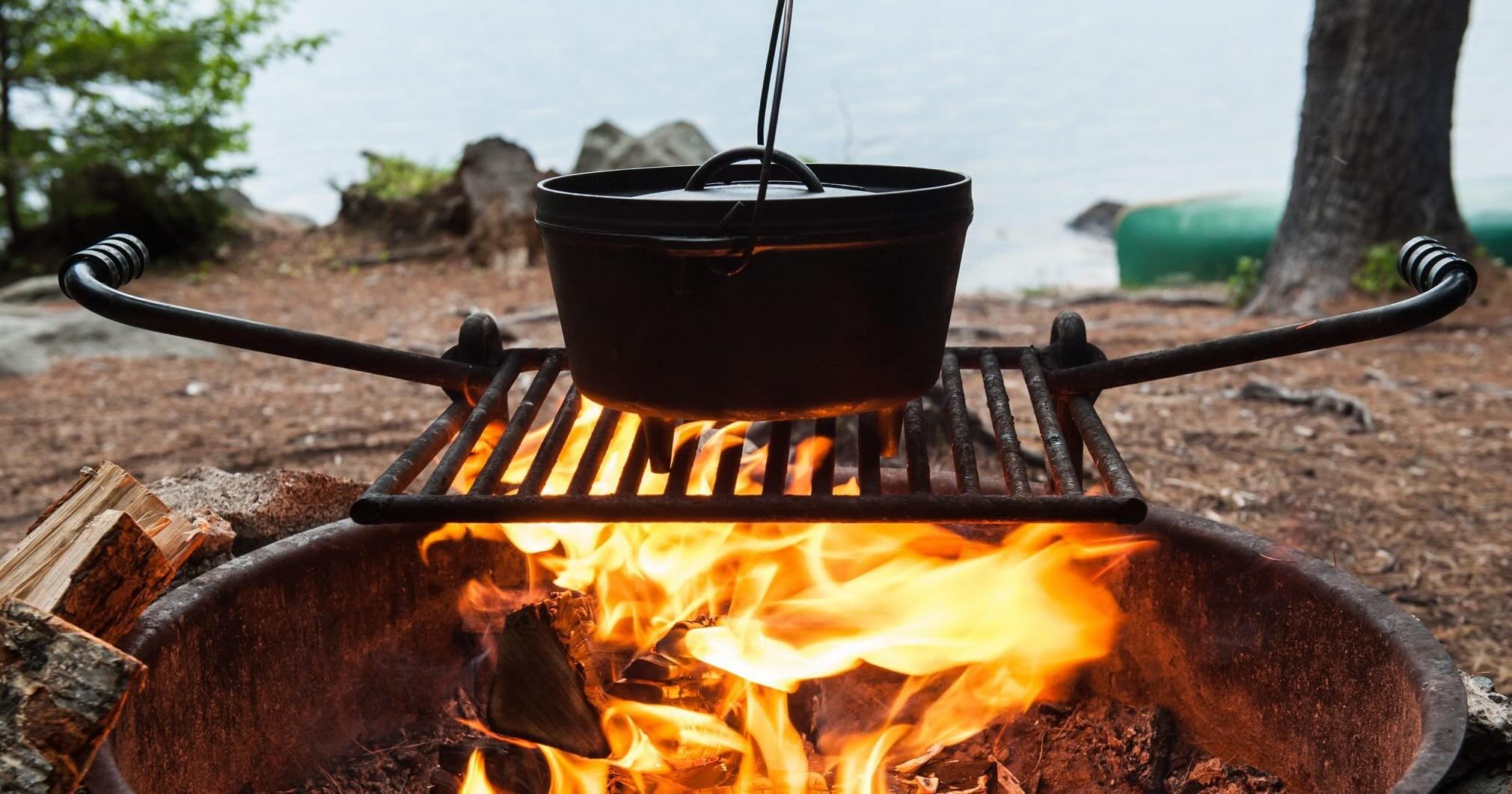
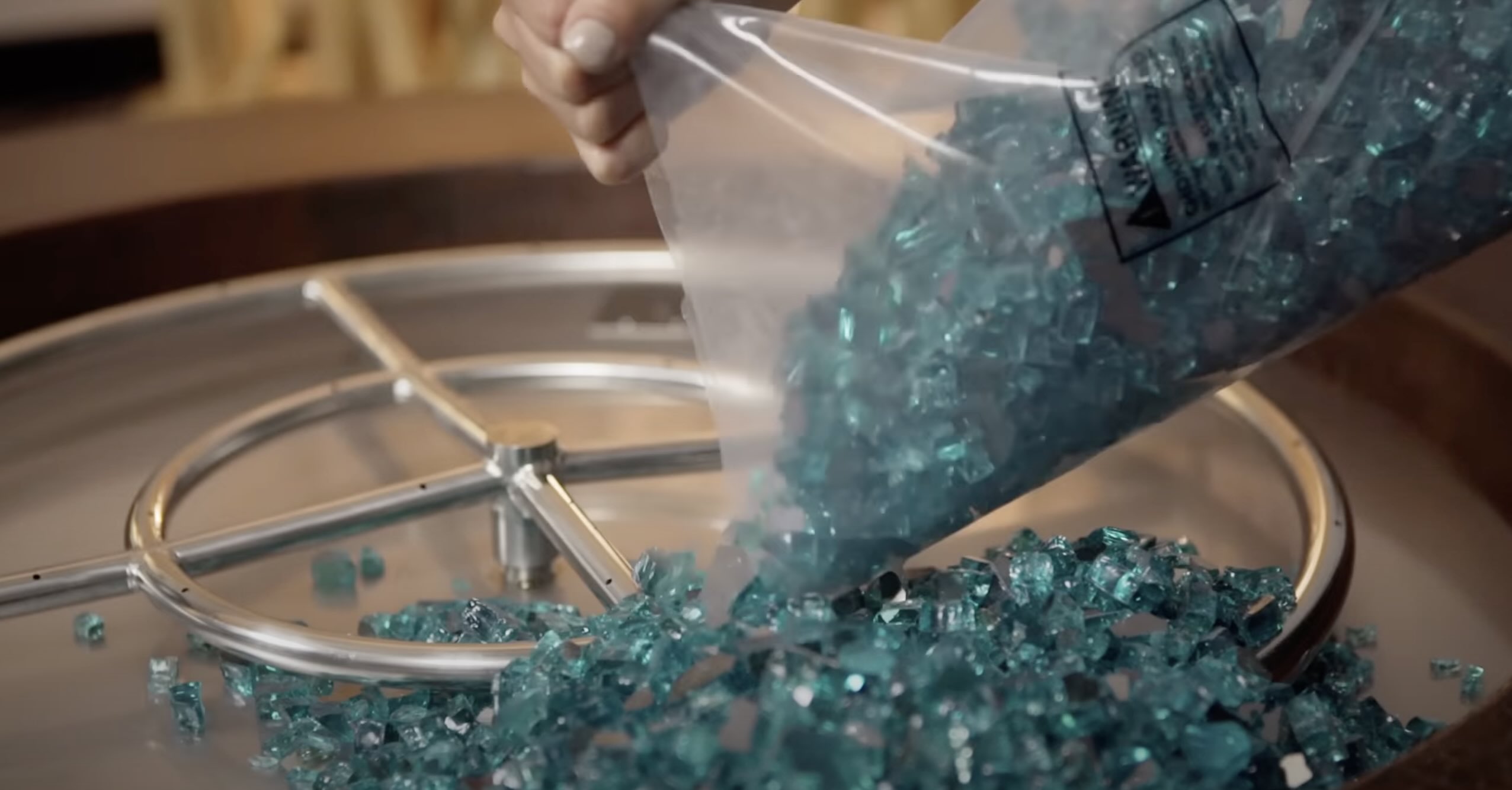
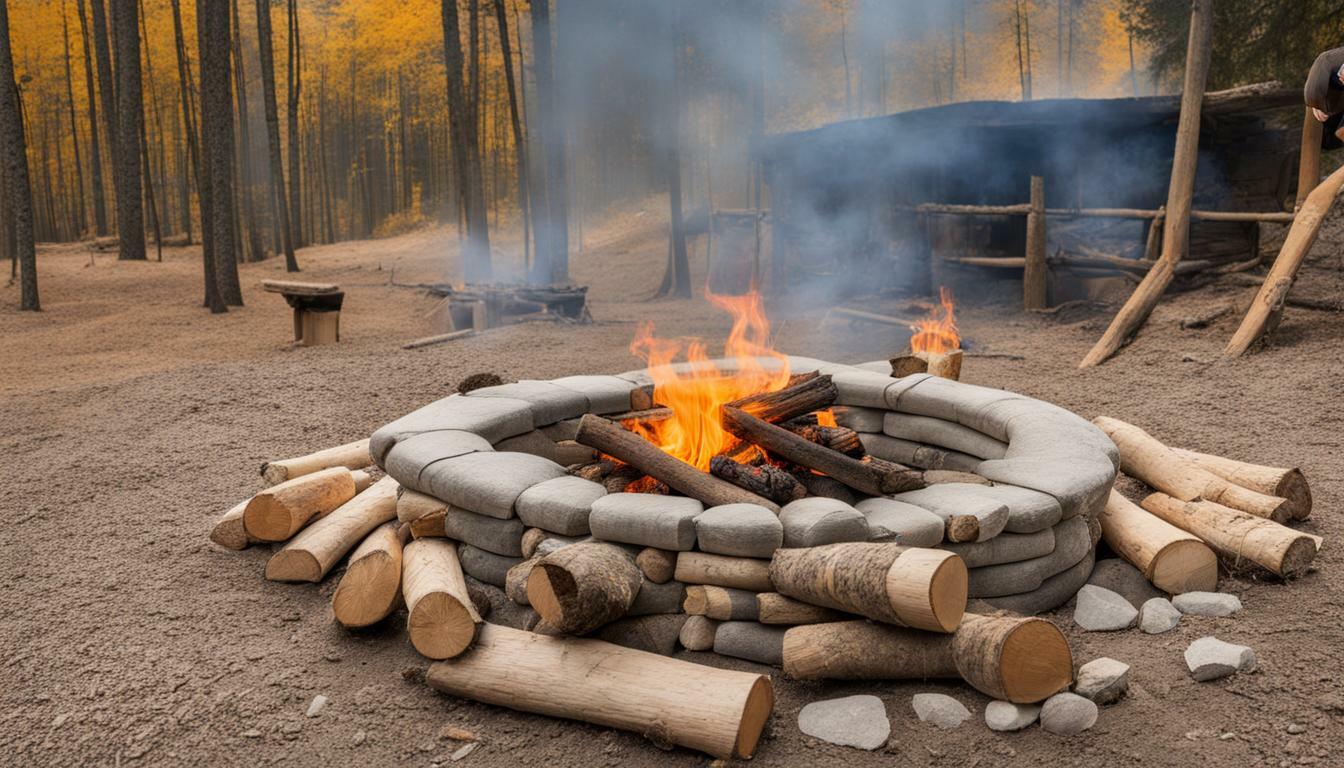
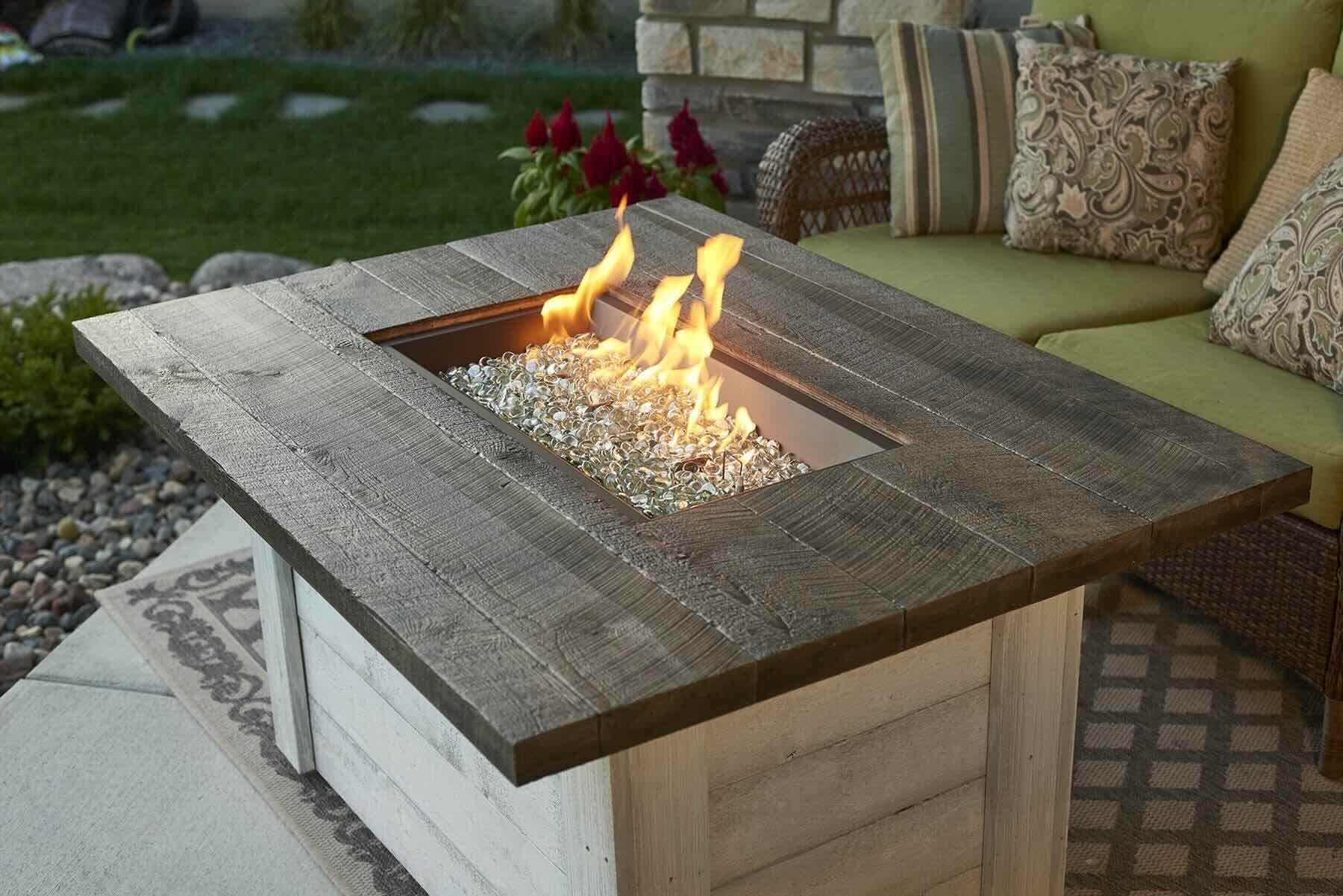
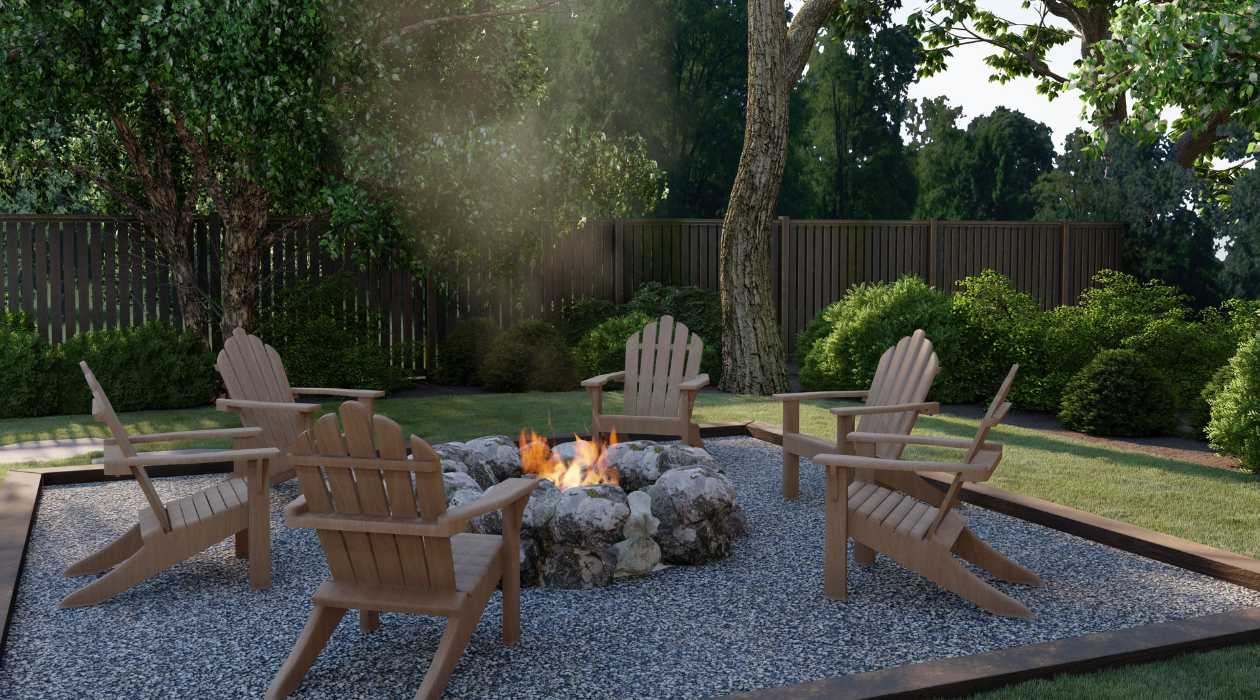
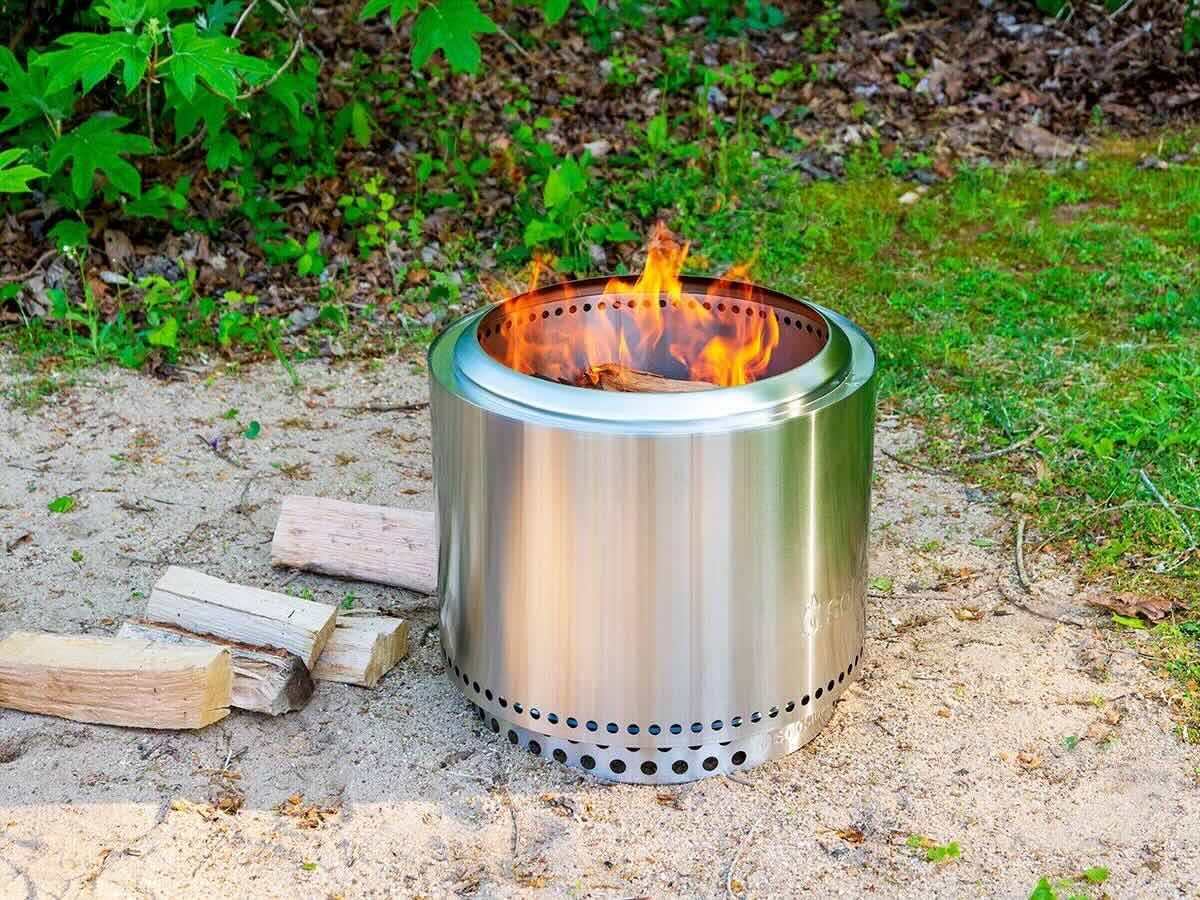
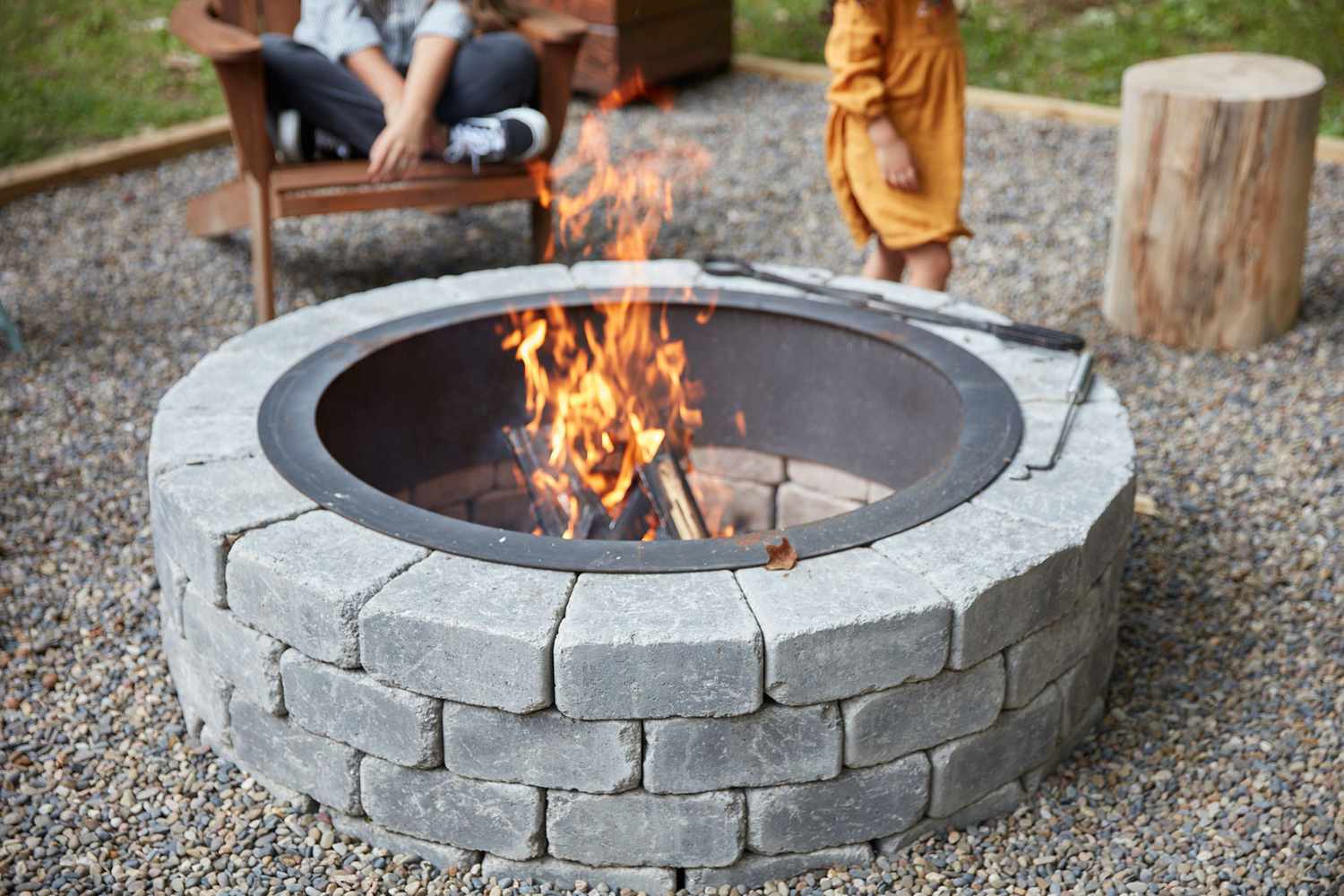
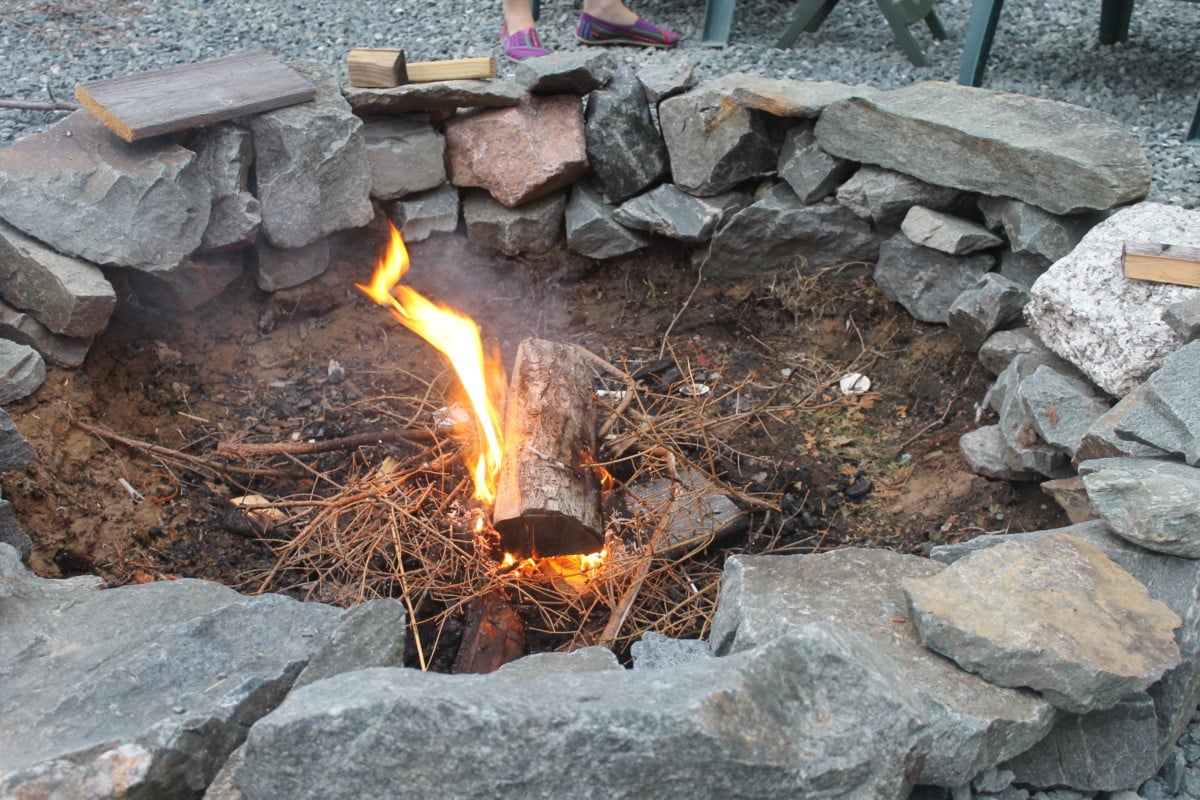
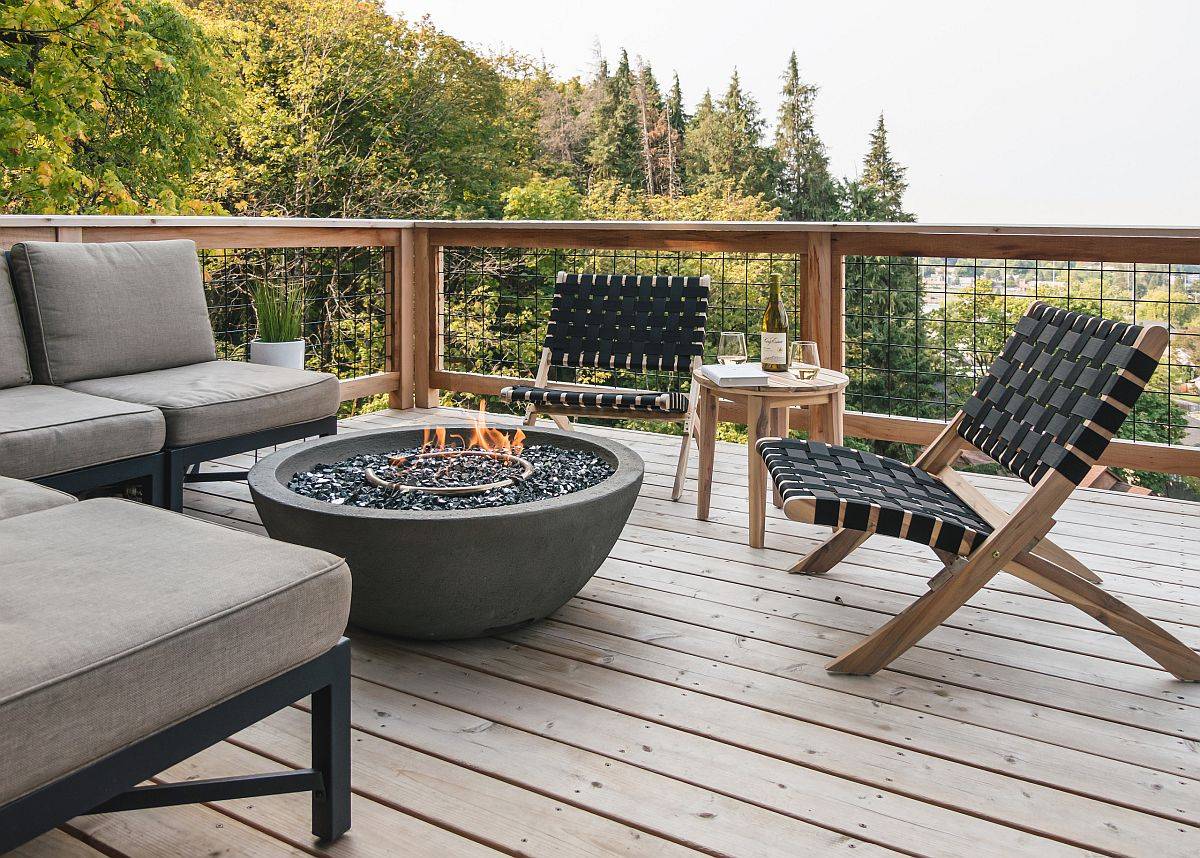
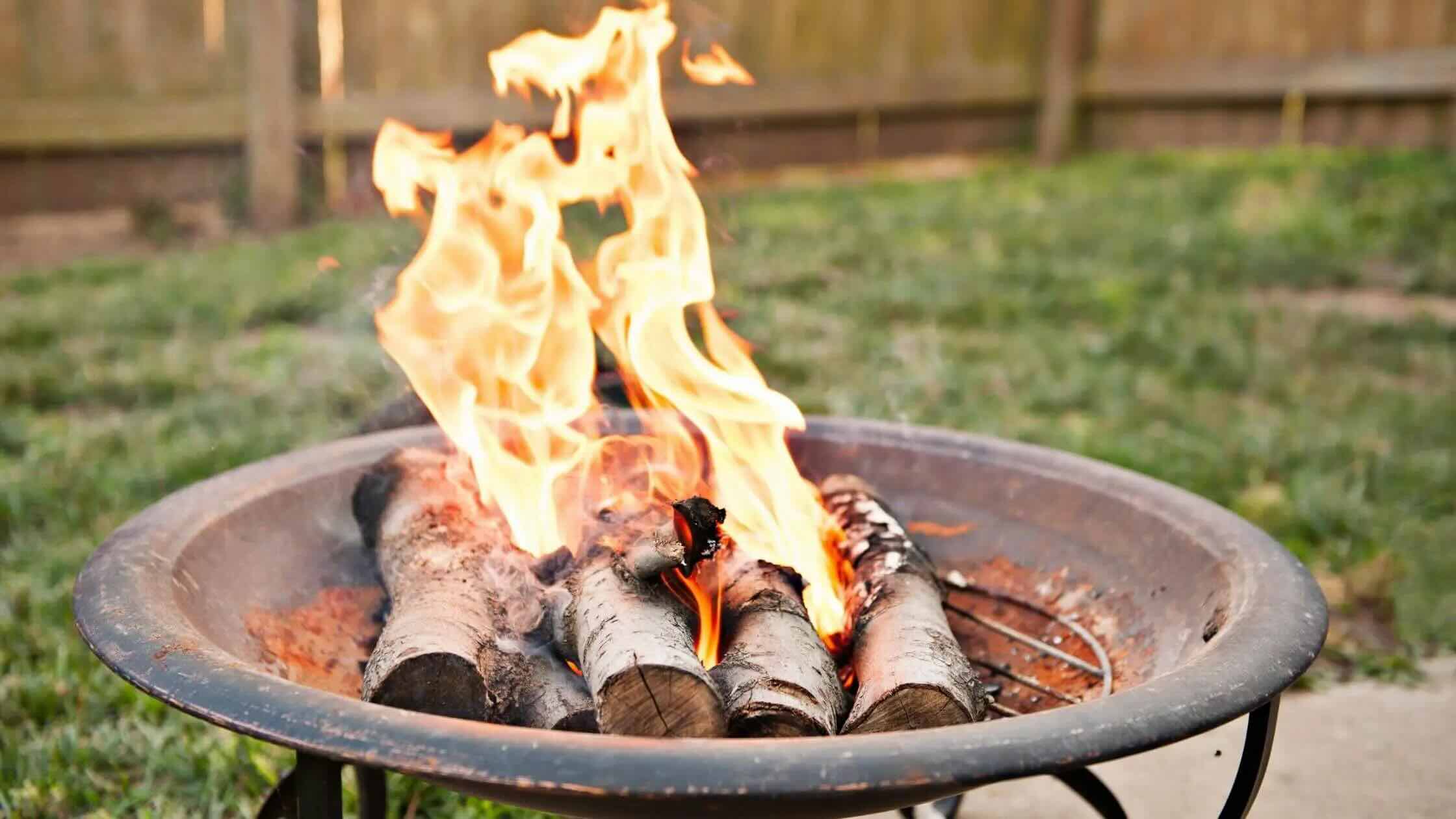
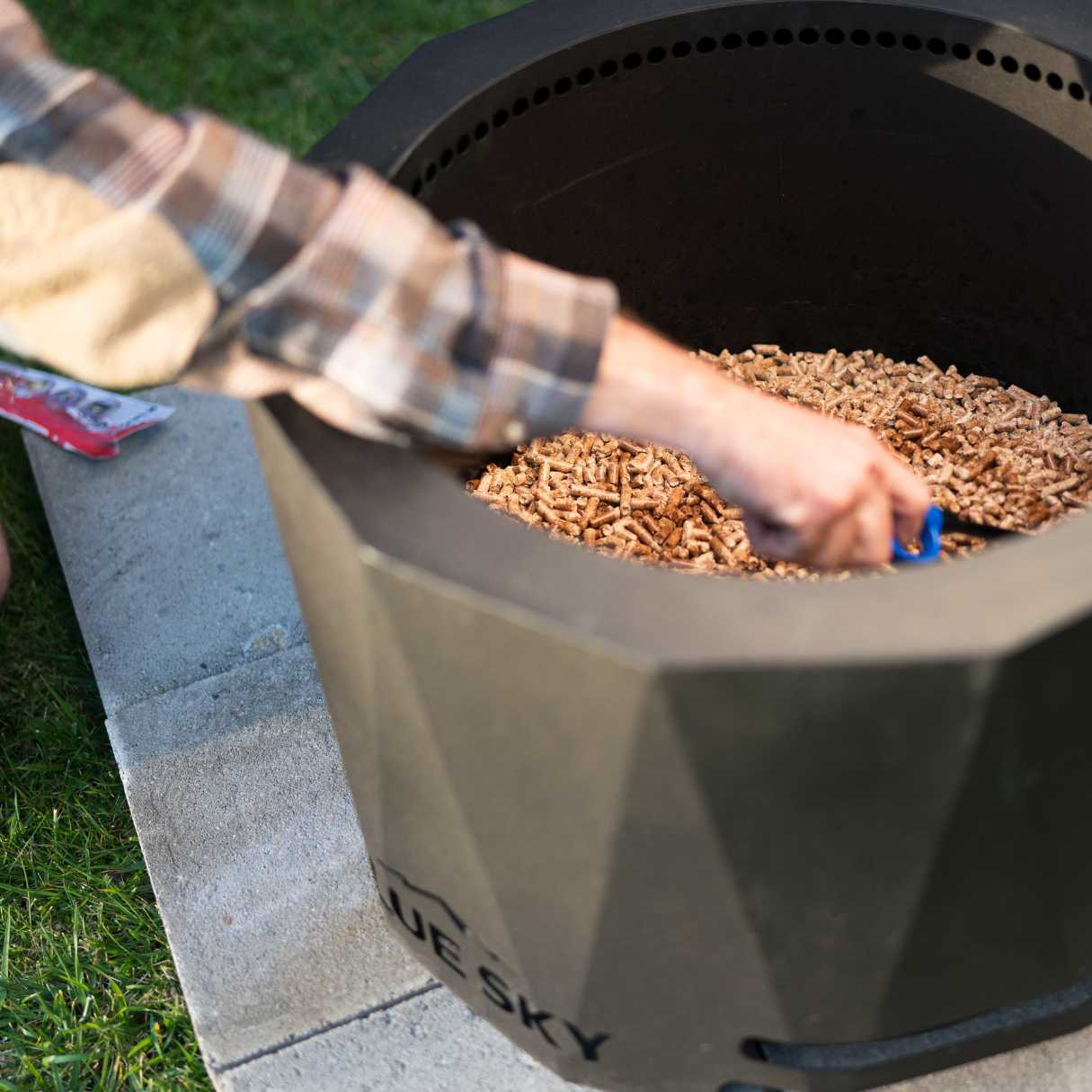

0 thoughts on “What Gravel To Use For A Fire Pit”